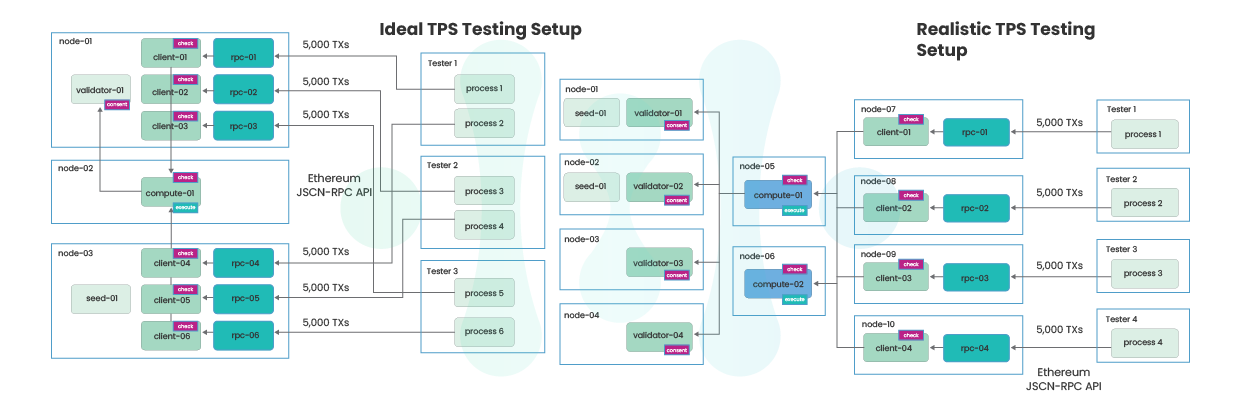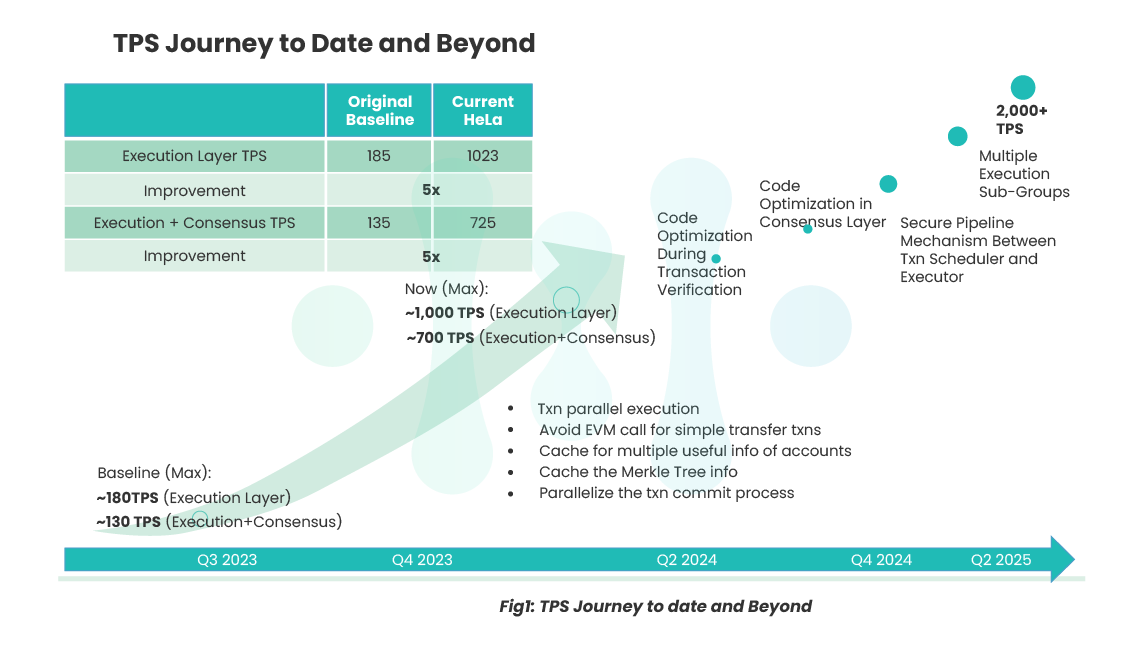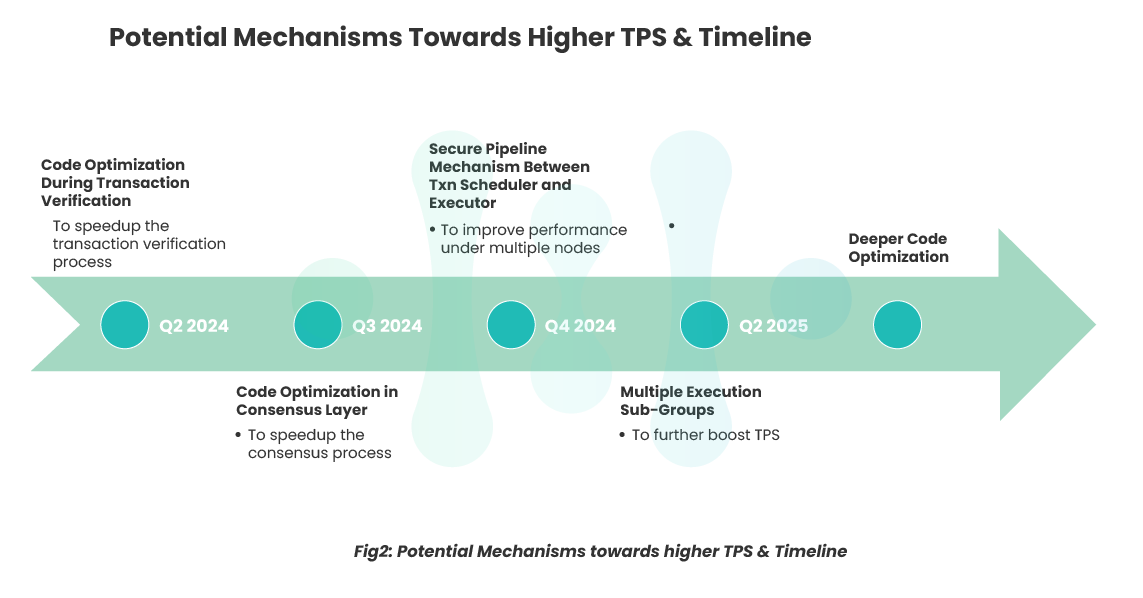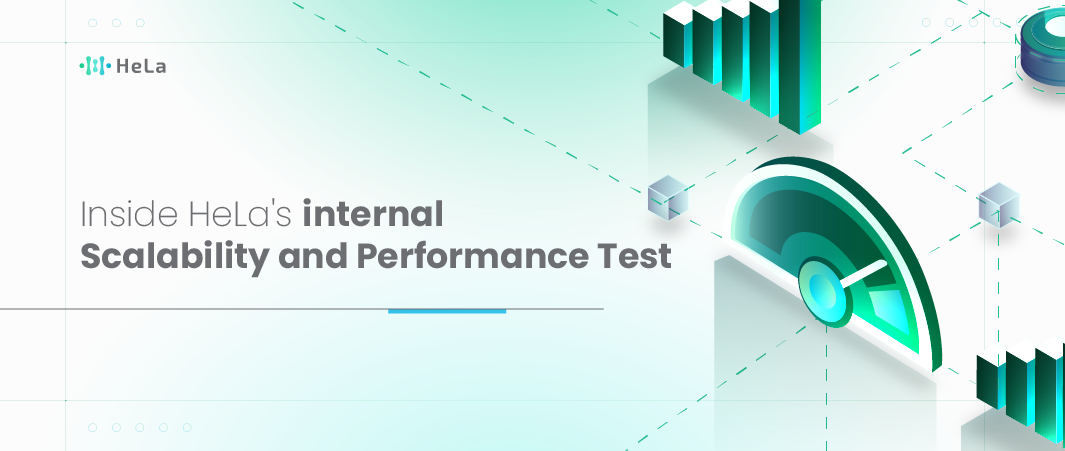
In the realm of blockchain technology, scalability and performance are pivotal factors that determine the efficiency and effectiveness of a system.
HeLa, a leading blockchain platform, has been at the forefront of optimizing its internal scalability and performance to meet the evolving demands of the digital landscape.
Through a comprehensive analysis and series of tests, HeLa has embarked on a journey towards enhancing its transaction processing capabilities, improving consensus mechanisms, and elevating its overall throughput.
This blog delves deep into the intricacies of HeLa’s internal scalability and performance test, shedding light on the key findings, improvements made, and the roadmap towards achieving higher transactions per second (TPS).
Exploring the Evolution of HeLa’s Scalability and Performance
At the core of HeLa’s scalability and performance enhancement efforts lies a meticulous analysis of its internal systems and processes.
The journey began with a baseline assessment of HeLa’s TPS metrics, comparing the original performance levels with the current state.
The results were compelling, showcasing a remarkable 5x improvement in both the execution layer TPS and the combined execution and consensus TPS.
This significant enhancement underscored HeLa’s commitment to pushing the boundaries of its capabilities and delivering a seamless user experience.(fig1)

Fig1: TPS journey to date and Beyond
Key Improvements and Mechanisms
The journey towards achieving higher Transactions Per Second (TPS) and enhanced performance for HeLa has been marked by several pivotal improvements and mechanisms.
Code Optimization in the Consensus Layer: The consensus layer is critical for maintaining the integrity and speed of the blockchain.
By optimizing the code here, HeLa has significantly reduced the time it takes to reach consensus on transactions. This optimization involves refining the algorithms and protocols to streamline the process, thus reducing latency.
The impact on TPS is direct: faster consensus means quicker transaction validation, leading to a higher rate of processed transactions.
Secure Pipeline Mechanism: The secure pipeline mechanism acts as a bridge between the transaction scheduler and executor, ensuring a seamless flow of transactions for processing.
This mechanism is crucial for synchronizing tasks across multiple nodes, which helps in evenly distributing the workload and preventing any single point of congestion.
As a result, the system can handle a larger volume of transactions simultaneously, positively influencing the TPS.
Multiple Execution Sub-Groups: By introducing multiple execution sub-groups, HeLa has enabled parallel processing of transactions.
This means that different groups can handle various transactions at the same time, rather than processing them sequentially.
This parallelism is key to maximizing system throughput and efficiency, as it allows for more transactions to be processed within the same timeframe, thereby boosting the TPS.

Fig2: Potential Mechanisms towards higher TPS & Timeline
Roadmap Towards Higher TPS
HeLa’s journey towards achieving higher TPS(fig2) and optimizing performance is guided by a strategic roadmap that outlines key milestones and mechanisms to be implemented in the coming months.
In Q2 2024, HeLa will prioritize code optimization in the consensus layer, a crucial step towards expediting the consensus process and reducing latency. By fine-tuning the consensus algorithms and protocols, HeLa aims to achieve higher TPS and enhance the overall reliability of its blockchain platform.
In Q3 2024, the focus will be on deeper code optimization during transaction verification, with the aim of further speeding up the transaction processing pipeline. This optimization will not only enhance the system’s performance but also lay the foundation for future scalability.
Moving into Q2 2025, HeLa plans to implement a secure pipeline mechanism between the transaction scheduler and executor, reinforcing its commitment to seamless transaction processing and system efficiency. This mechanism is poised to elevate HeLa’s performance under varying load conditions and ensure consistent throughput across multiple nodes.
Conclusion
HeLa’s internal scalability and performance tests are not just routine checks but are transformative steps in its journey to become a premier blockchain platform. These tests are crucial for several reasons:
Advanced Technologies: HeLa has integrated cutting-edge technologies that are essential for handling the increasing demand on the network. These include state-of-the-art data structures and innovative consensus mechanisms that allow for quicker and more secure transactions. The use of such technologies directly impacts TPS by reducing the time taken for each transaction, thus allowing more transactions to be processed per second.
Critical Process Optimization: By scrutinizing and refining every step in the transaction process, HeLa ensures that no resources are wasted. This optimization includes enhancing the efficiency of smart contract execution and improving the data storage and retrieval methods. Optimized processes mean that the network can handle transactions more swiftly and reliably, contributing to a higher TPS.
Strategic Mechanisms: HeLa has implemented several strategic mechanisms, such as sharding and layer-2 solutions, which distribute the transaction load across multiple channels and nodes. This distribution allows for parallel processing and reduces the strain on any single node, significantly improving the overall TPS of the network.
Disclaimer: The information provided by HeLa Labs in this article is intended for general informational purposes and does not reflect the company’s opinion. It is not intended as investment advice or recommendations. Readers are strongly advised to conduct their own thorough research and consult with a qualified financial advisor before making any financial decisions.

Robert Mbogni
I'm Robert Mbogni, a versatile professional with more than 9 years of experiences and diverse background in technology - engineering. I was born in Cameroon and hold a postgraduate degree as a Mobile Application and Server Tester, as well as a degree in Electrical Engineering. Throughout my career, I've held various roles, including Senior Process Executive, Technical Content Writer, Senior Software Engineer, IT Technical Support, Sales Engineer, and Data Engineer. My expertise spans multiple coding languages and platforms, such as Java, Python, C++, Windows, Linux, ERP, CRM, Power BI, VBA, SQL query, Google Analytics, GitHub, Zoro Odoo, Vtiger, Bitrix Developer, and more. As an online platform seeking a Technical Content Writer, I bring a wealth of knowledge and experience, delivering engaging and informative content with technical precision.
- Robert Mbogni#molongui-disabled-link
- Robert Mbogni#molongui-disabled-link
- Robert Mbogni#molongui-disabled-link
- Robert Mbogni#molongui-disabled-link

